Living in a hot and sunny climate means summer can be tough on our plants. You’ve probably noticed that even those “full sun” plants can struggle in the hotter months without some shade. While there are a lot of designs and methods for providing shade, I’ve found a cheap and easy solution that requires minimal effort to set up and take down.

I’ve had a lot of success with this method, and I’m confident you will too. Let’s dive into how you can protect your plants this summer!
Materials
To get started, you will need a few things:
- T posts (optional)
- Garden stakes
- Rope or wire
- Zip ties
- Shade cloth
Since I live in one of the windiest cities in the world, I find that t posts help keep my frame anchored in the ground. However, if you live in a relatively calm area, you might be able to do without them. Just keep in mind that the larger your shade cloth, the more of a sail effect it will have.
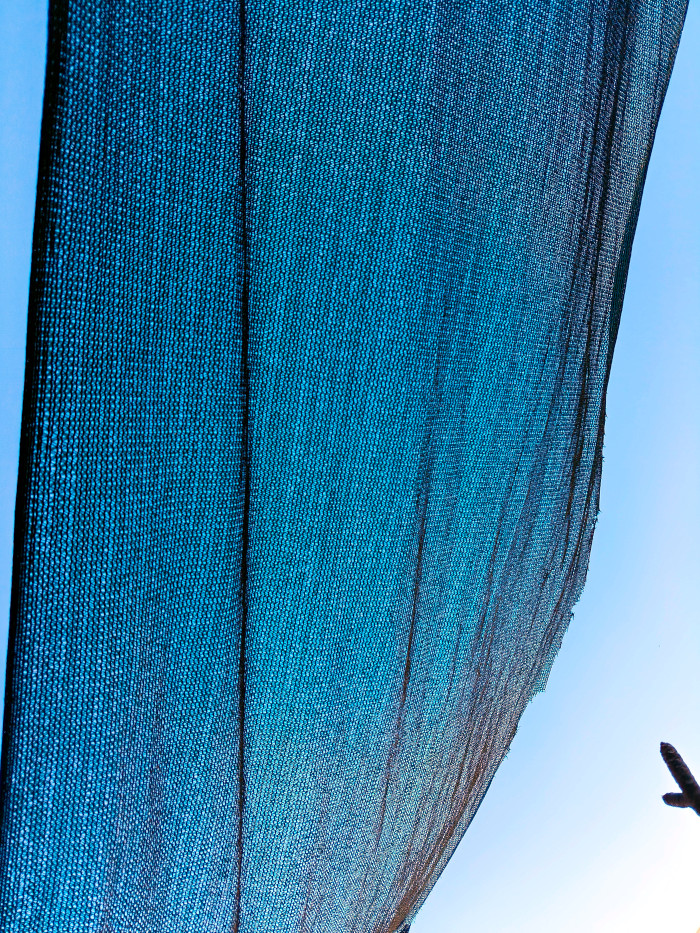
If you’re growing vegetables or other plants that require some light, a shade cloth with 30-50% density is ideal for protecting them from the sun. I usually buy green shade cloth, but white will work as well.
How to Make Shade for Plants
Follow these steps to create a simple shade structure that will help protect your plants from the intense sun.
1. Hammer T Post Into the Ground
You want to hammer the T posts fairly deep into the ground to prevent your shade cloth from blowing over. If you have trouble with wind knocking your posts over, try angling them for extra stability. Just be careful not to damage any irrigation pipes or other utilities beneath the surface. When it’s time to take the shelter down, a T post removal tool is a worthwhile investment—it’ll save you a lot of effort.
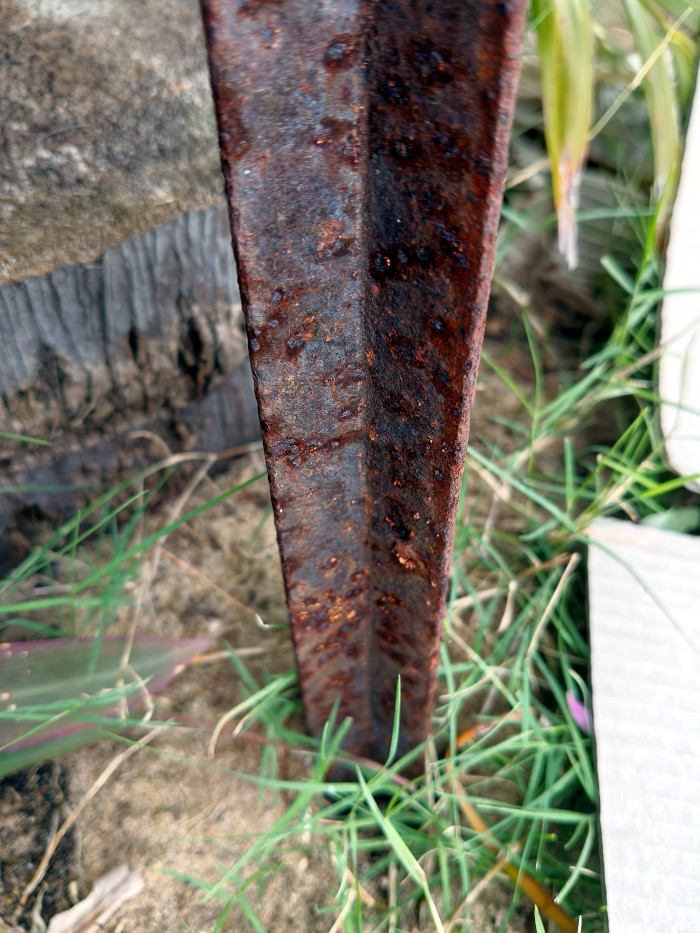
2. Attach Stake to T Post
The advantage of this system is that you can adjust the stakes to any height you want, using the t posts as a secure anchor point. For stability, secure the stakes to the t posts with a few zip ties at both the bottom and top.
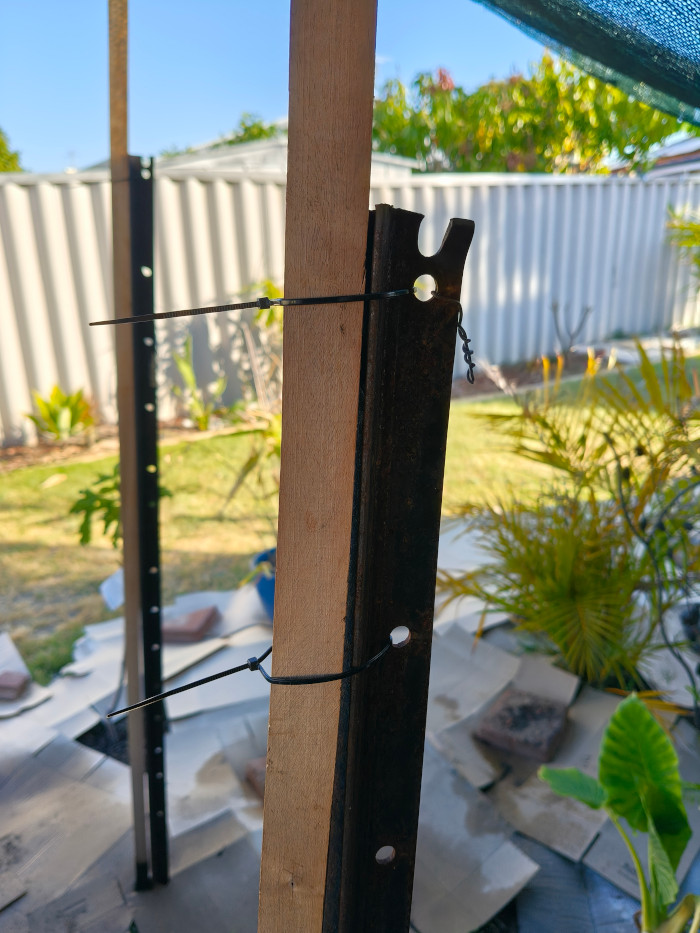
3. Attach Shade Cloth to Stake
I bunch the shade cloth over the stake and then wrap either wire or plant ties around it to secure it. If you use wire, it may tear the cloth a bit, so if that’s a concern, a softer tie works well. Once it’s tied up, I find it stays secure and won’t come undone.

If you want to go even cheaper, a tarp or even some spare towels can substitute for shade cloth. Just keep in mind, for vegetables or other light-loving plants, you’ll still need some light to filter through to keep them growing.


When summer is over, this system is very easy to take apart and store for next year. It might not be the most elegant solution, but it’s cheap, effective, and hopefully saves you some effort.
Conclusion
I find this method an easy way to help my plants survive the summer. Pretty much every material can be substituted depending on your needs and what you have available. With a shade cloth, this structure could work as a permanent shade solution if you want. Either way, this approach offers flexibility and effectiveness.
Share your solutions for shading your garden, or let us know if this method worked for you!

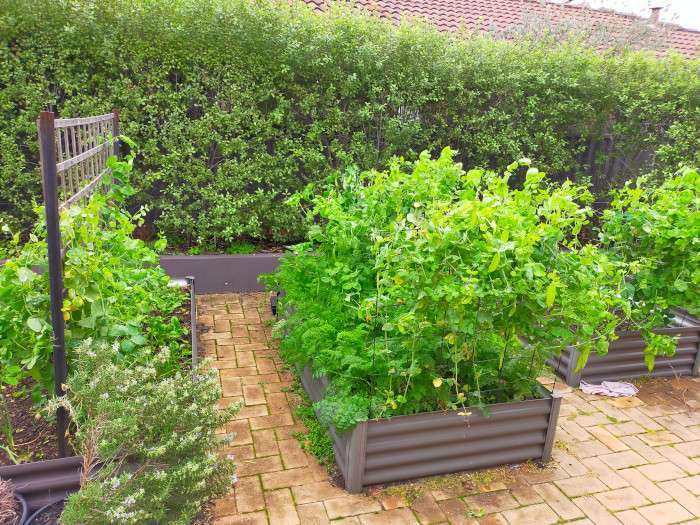

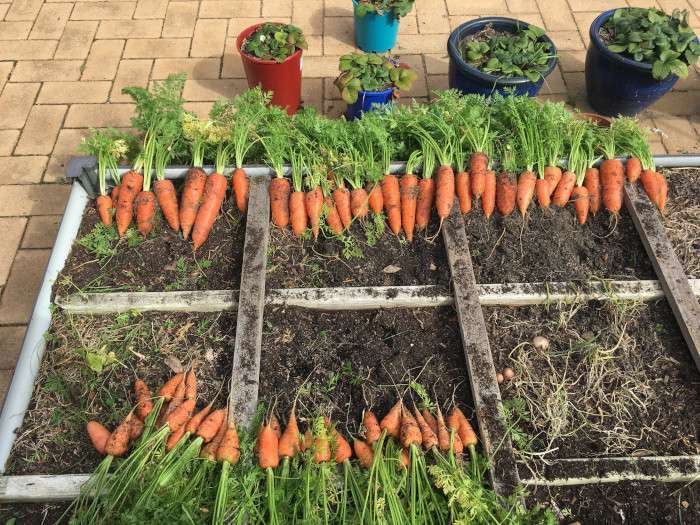
very easy, practical, good advise, I live in southern AZ.